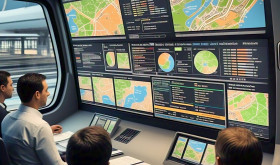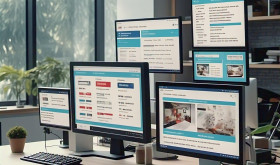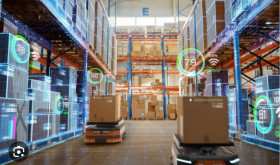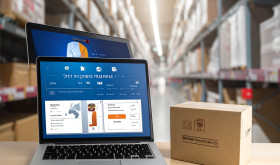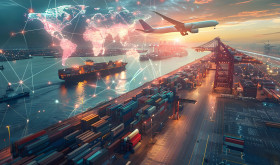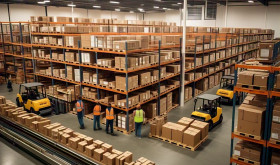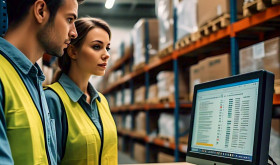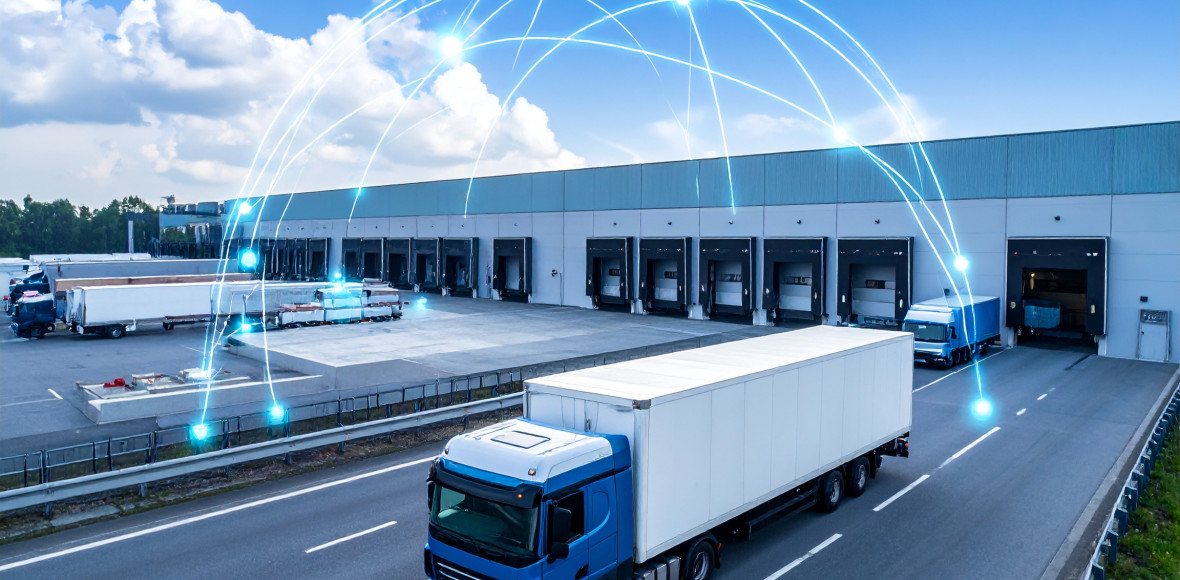
The Fast-Moving Consumer Goods (FMCG) sector plays a key role in the global economy. This industry depends on quick-moving products with short life spans, small profit margins, and consistent customer demand. Success here relies on performing supply chain and logistics tasks without mistakes. Companies in FMCG need to make sure that products like food, beverages, toiletries, and cleaning supplies are delivered, and at minimal cost. To achieve these goals, they rely on tools like route optimisation and transport management systems. These tools help streamline operations, cut expenses, and keep customers happy.
The Importance of Logistics in FMCG
In the FMCG business, logistics has a huge role in making sure products are available, affordable, and easy to reach. Unlike long-lasting goods, people use FMCG items often and buy them in bulk. Distributors and retailers need quick restocking to prevent running out of stock. Customers also expect these products to be available in brick-and-mortar stores and on online shopping sites.
The logistics in FMCG face several problems:
- High order frequency: Retailers and e-commerce centres place many smaller orders instead of large ones.
- Geographic complexity: Shipments need to reach a mix of urban supermarkets and remote rural shops.
- Time sensitivity: Items like frozen food, dairy, and bakery products must arrive and stay within set cold chain rules.
- Cost pressures: Logistics inefficiencies hurt profits because FMCG relies on slim margins.
Companies use more tech-based tools now such as transport management systems or smart route-planning algorithms, to handle these hurdles.
What is a Transport Management System?
A transport management system is a software tool built to help companies plan, manage, and improve the physical movement of goods. FMCG businesses use a transport management system to oversee and control logistics processes from start to finish. It offers features like:
- Load planning and consolidation: Grouping orders to fill up vehicles better.
- Carrier management: Handling and choosing transportation providers.
- Freight cost control: Keeping track of and cutting down on transportation expenses.
- Real-time tracking: Showing where shipments are throughout the supply chain.
- Analytics and reporting: Giving insights about delays, efficiency, and ways to get better.
By using automation to handle manual tasks and relying on data for decisions, a transport management system turns logistics from being just a cost issue into a strategic strength.
Role of Route Optimisation in FMCG Logistics
Route optimisation uses technology and algorithms to figure out the best delivery paths. In the FMCG sector, it makes sure vehicles reach as many drop points as possible in minimum time while cutting costs and still meeting rules like delivery times and truck limits.
Benefits of Route Optimisation
1. Lower Delivery Expenses
- Optimising routes cuts fuel use, shortens trips, and reduces wear on vehicles.
- This matters a lot in FMCG where transport makes up a big chunk of running costs.
2. Quicker Delivery Times
- Smart routing helps finish deliveries faster so that fresh goods arrive before going bad.
- Retailers can keep shelves stocked better, which boosts their sales.
3. Better Fleet Use
- Route planning fills vehicles and makes sure they are used.
- This cuts down the need to have too many vehicles.
4. Better Customer Experience
- Companies build trust with distributors, retailers, and customers when they deliver orders on time as promised.
5. Sustainability Advancements
- Using better routes lowers carbon emissions. This helps FMCG companies achieve environmental goals and improve their brand image.
Integration of Transport Management System and Route Optimisation
Companies can use route planning alone, but the real value appears when it connects with a transport management system. This combination delivers a complete logistics strategy.
- Dynamic Routing: Transport management system uses live updates like traffic, weather, or sudden order changes to tweak delivery routes as needed.
- Optimising Across Multiple Modes: FMCG supply chains rely on trucks, vans, trains, or air freight. A transport management system helps find the best routes using these different options.
- Complete Visibility: With integration, everyone, from warehouse staff to drivers, can access the same information about logistics operations.
- Automated Execution: After planning the best routes, the transport management system creates driver guides, delivery documents, and customer updates without manual effort.
This integration shifts logistics into a forward-thinking, data-centric approach rather than reacting after problems arise.
Case Example: FMCG Distribution in Asia
Take an FMCG company delivering drinks across Southeast Asia. They used to depend on manual scheduling for their deliveries. This old way often caused:
- Trucks returning empty,
- Fuel expenses to go up, and
- Deliveries getting delayed.
When the company implemented a transport management system with advanced route optimisation, they managed to:
- Cut transport costs by 20% through smarter load planning.
- Speed up deliveries by 30% by steering clear of traffic jams.
- Make retailers happier by sticking to reliable delivery times.
- Reduce their carbon footprint, which boosted their sustainability image.
This shows how small gains in logistics can lead to big wins both and for a company’s public image in the FMCG business.
Challenges in Implementing TMS and Route Optimisation
FMCG companies often deal with a range of roadblocks even though these systems offer clear advantages:
1. High Initial Investment
- Companies must spend on both high-tech transport management system tools and the training needed to use them.
2. Data Quality
- Using these systems needs accurate info about orders, routes, traffic, and vehicle space. If the data is faulty, the tools do not perform well.
3. Change Management
- Employees who are used to old-school manual processes might resist when asked to use automated systems.
4. Scalability
- Companies operating in different countries need tools that can grow and adapt to different rules and infrastructure in each region.
To tackle these challenges, companies usually begin with pilot projects in key markets with high impact and then expand their efforts more broadly.
Future Trends in FMCG Logistics
The FMCG industry is moving fast toward digital transformation. The upcoming stage of innovation will improve both transport management systems and route planning further. Some of the main trends to watch include:
- Artificial Intelligence (AI) and Machine Learning: Algorithms teach themselves to make better routing choices as time passes.
- Predictive Analytics: Companies estimate demand spikes, like during holidays, and plan delivery capacity ahead of time.
- Internet of Things (IoT): Devices attached to vehicles or products track real-time conditions, which is useful when transporting cold chain FMCG items.
- Sustainability-Driven Optimisation: Focus remains on selecting routes and carriers that lower the harm caused to nature.
- Integration with E-Commerce Platforms: Direct-to-consumer delivery by FMCG brands benefits from improved last-mile and local-level logistics.
Conclusion
In the FMCG industry, companies need speed, reliability, and efficiency to succeed. Route optimisation and transport management systems have become essential tools, not just options, in this space. These technologies help businesses cut costs, deliver better services, operate, and stay ahead of competitors.
Setting them up might be challenging, but the benefits down the line are worth it. With consumers expecting more and supply chains becoming harder to manage, FMCG businesses using route optimisation and transport management systems will have an edge to grow in the tough global market.

